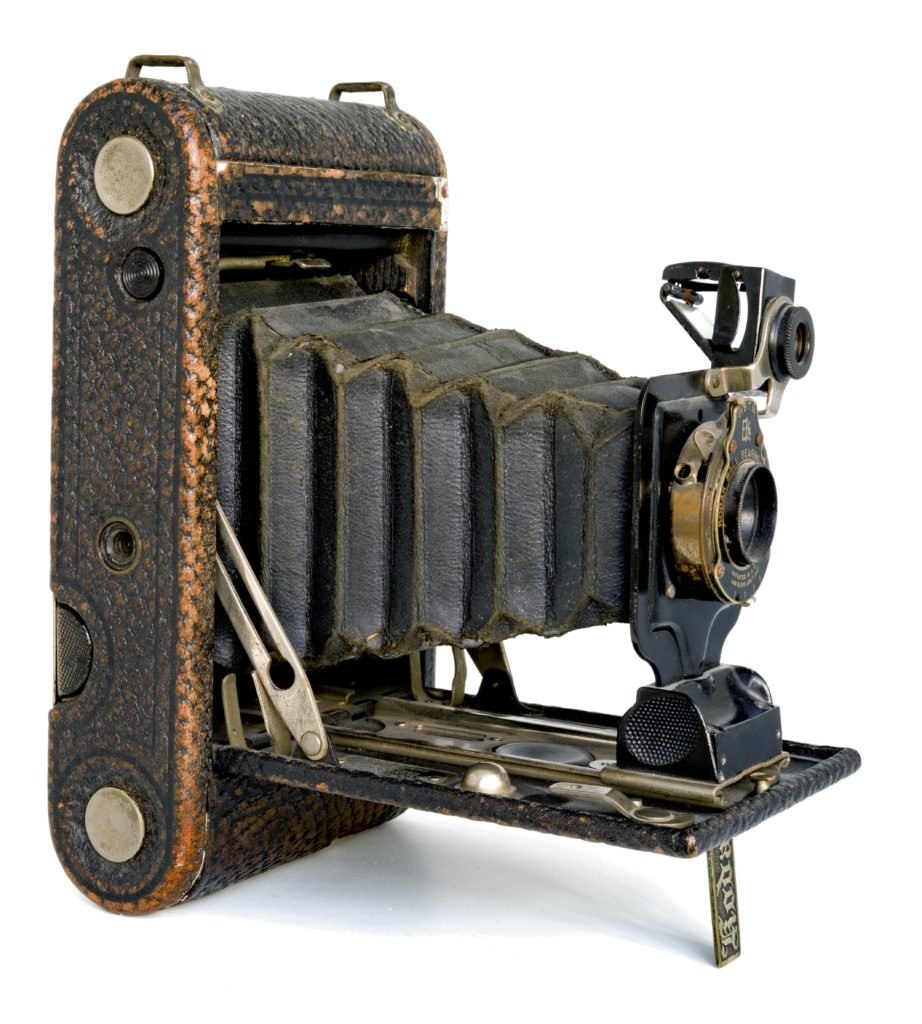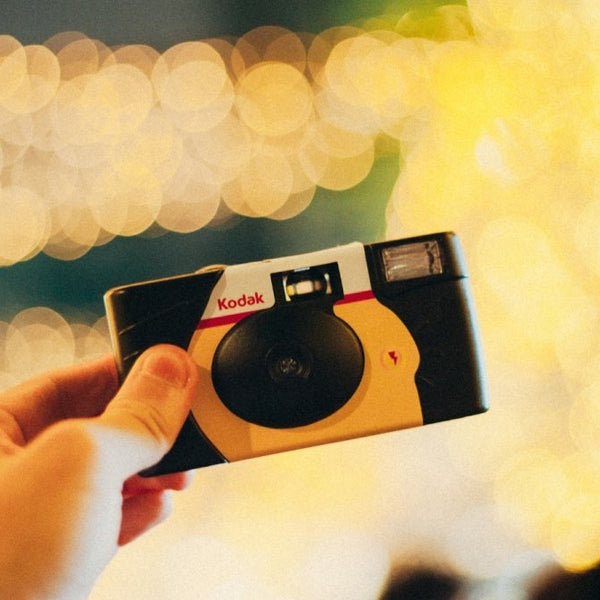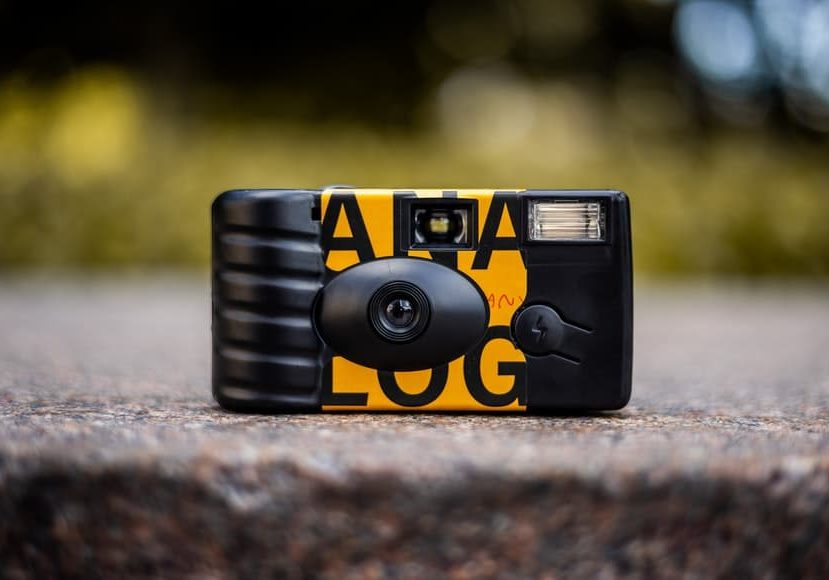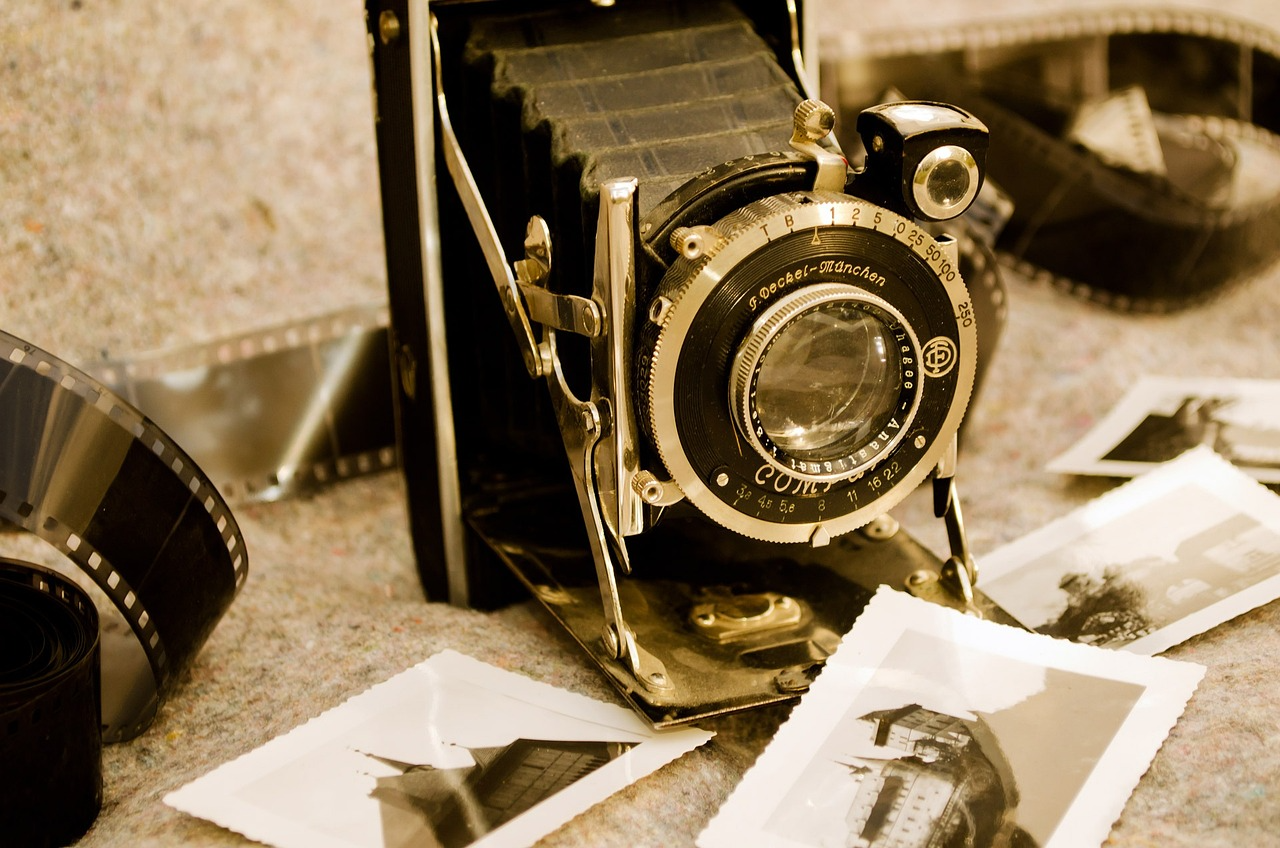The Origins of Photography
The journey toward capturing images began long before the first camera was invented. The concept of the camera obscura, which is Latin for “dark room,” was known to ancient scholars such as the Chinese philosopher Mozi and the Greek mathematician Aristotle. They observed that light passing through a small hole in a darkened room projected an inverted image of the outside scene onto the opposite wall.
This natural optical phenomenon laid the groundwork for understanding how images could be captured. However, the camera obscura was initially used for viewing rather than preserving images.
The Invention of the Camera
The credit for creating the first camera that could actually capture an image goes to Joseph Nicéphore Niépce, a French inventor. In the 1820s, Niépce began experimenting with capturing images onto light-sensitive materials. He used a portable camera obscura in combination with a pewter plate coated in bitumen of Judea, which hardens when exposed to light.

After several hours of exposure, Niépce succeeded in capturing a fixed image. His earliest surviving photograph, “View from the Window at Le Gras,” was created in 1826 or 1827 and required an exposure time of several days. This marked the first time an image was chemically fixed and retained without fading, making Niépce the inventor of the first successful process of photography, which he called “heliography.”
Refining the Photographic Process
Joseph Nicéphore Niépce’s breakthrough was revolutionary, but the process was far from practical due to the extremely long exposure times. After Niépce’s death in 1833, his partner, Louis Daguerre, continued to refine the process, eventually developing the daguerreotype—a process that significantly reduced exposure times and created sharper images.
Louis Daguerre’s advancements led to the first commercially successful photographic process, with the daguerreotype officially introduced to the world in 1839. It was the first instance where the public could capture images with relatively accessible technology, although it was still limited to those who could afford it.
The Evolution of Cameras
From Camera Obscura to Modern Photography
The evolution of cameras has been a journey of technological innovation, from the rudimentary camera obscura to the advanced digital cameras of today. This evolution is a reflection of the human desire to capture moments, tell stories, and communicate visually.
The Camera Obscura and Early Experiments
The camera obscura, known since ancient times, was the precursor to the camera. It was a darkened room or box with a small hole or lens at one side, through which an image was projected onto a surface inside. It was initially used for observing solar events and later as a drawing aid for artists.
In the early 19th century, Joseph Nicéphore Niépce used a camera obscura to create the first permanent photograph on a pewter plate coated with bitumen, requiring an exposure time of several days. This marked the beginning of chemical photography.
Daguerreotypes and Calotypes
Niépce’s partner, Louis Daguerre, improved upon this process to create the daguerreotype, which significantly reduced exposure times and produced clearer images. Meanwhile, William Henry Fox Talbot developed the calotype process that allowed for making multiple prints from a single negative, a significant step towards modern photography.
The Roll Film Revolution
George Eastman introduced flexible roll film in 1885, eliminating the need for individual plates. In 1888, he released the Kodak camera, preloaded with a 100-exposure roll and the famous slogan, “You press the button, we do the rest.” This innovation made photography accessible and easy for the general public, dramatically expanding its popularity.
The Legacy of the First Camera
The legacy of the first camera, and indeed the inception of photography itself, is a profound and multifaceted tale of innovation. It is a story that spans across centuries, intertwining with the lives of numerous inventors, artists, and entrepreneurs whose collective efforts transformed the very fabric of how we communicate, remember, and understand the world.
The Birth of a New Art Form
The first camera gave birth to a new art form—photography—that has since become a fundamental means of artistic expression. Early photographers like Gustave Le Gray and Julia Margaret Cameron were pioneers, using the camera to create images that were both documentation of reality and works of artistic merit. Photography as an art form has evolved, embracing various styles and movements, and has become a mainstay in galleries and museums worldwide.
The Changing Face of History and Memory
Photography, courtesy of the first camera’s invention, has forever altered the way we record and perceive history. Historical events, once reliant on painterly interpretation or written accounts, could now be documented with precision and immediacy. Iconic images, such as Joe Rosenthal’s “Raising the Flag on Iwo Jima” or Nick Ut’s “The Terror of War,” have captured moments of courage, tragedy, and triumph, shaping collective memory and understanding of world events.
The Emergence of Modern Journalism
The legacy of the first camera extends to journalism, where photography became an indispensable tool in reporting. Photojournalism has brought distant realities into stark focus, from war zones to natural disasters, influencing public opinion and policy. The camera’s ability to capture the human condition in its rawest form has made it a powerful instrument for advocacy and change.
The Democratization of Photography
The technological advancements following the first camera’s invention have democratized photography, making it accessible to the general population. George Eastman’s Kodak camera, with its slogan “You press the button, we do the rest,” epitomized this shift. Today, smartphones with built-in cameras have put the power of photography in everyone’s pocket, enabling instant sharing and creating a new visual language in social media.
The Advent of New Sciences and Technologies
Photography, propelled by the camera’s invention, has also been instrumental in the development of new sciences and technologies. From medical imaging to telescopes capturing distant galaxies, the camera has become an essential scientific tool. It has allowed us to view the microscopic and the cosmic, contributing to breakthroughs in medicine, astronomy, and numerous other fields.
Conclusion
The legacy of the first camera is enduring and omnipresent. From its crude beginnings as a light-sensitive plate in a darkened box, it has become a cornerstone of modern culture and technology. The camera’s invention by Joseph Nicéphore Niépce was a pivotal moment in history, catalyzing a series of innovations that have shaped the human experience. The camera has not only changed the way we capture and remember our lives but how we communicate, learn, and see the world. It is both a window and a mirror, reflecting and revealing the diversity and complexity of the human journey.




